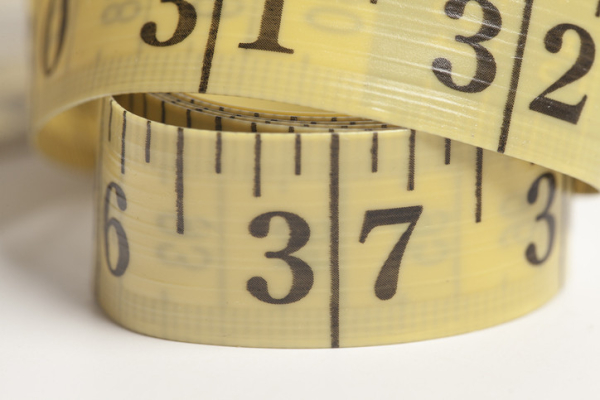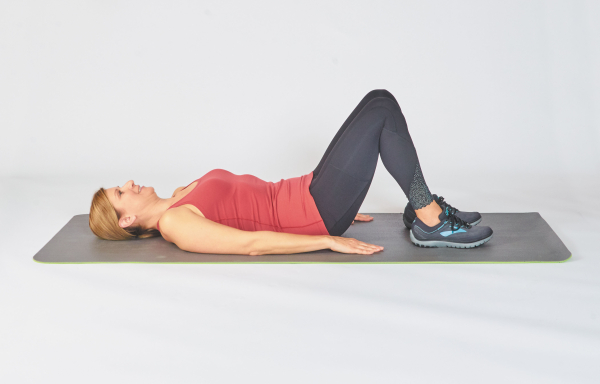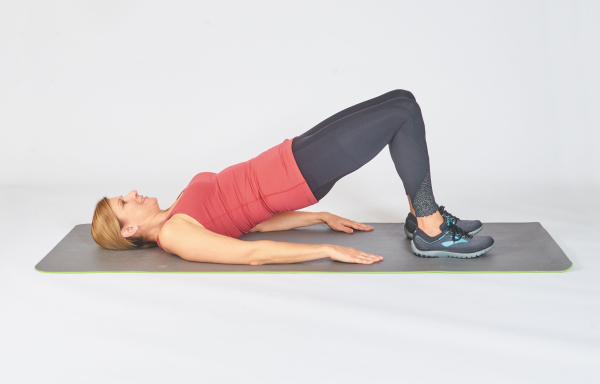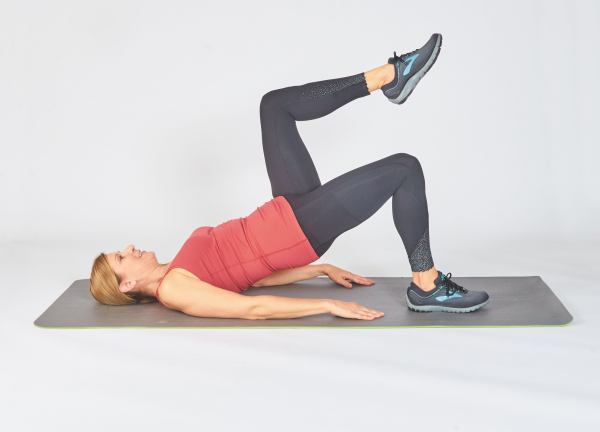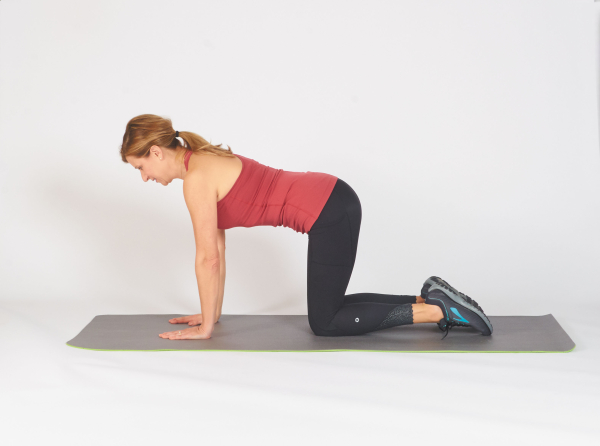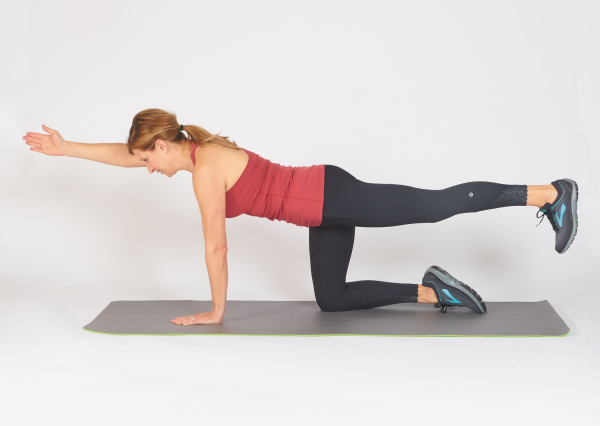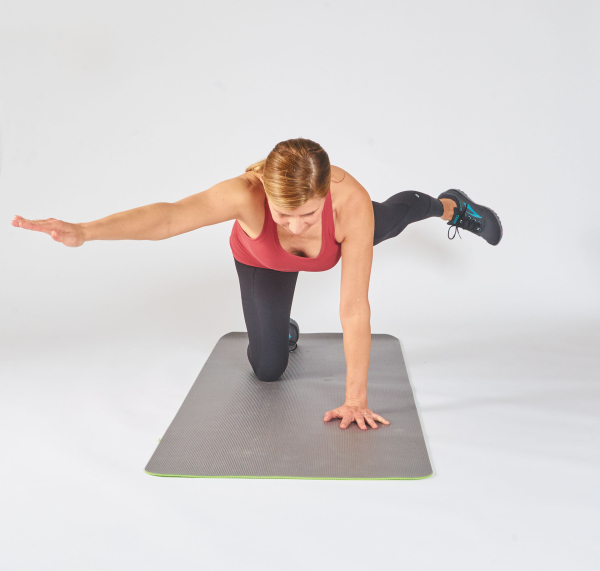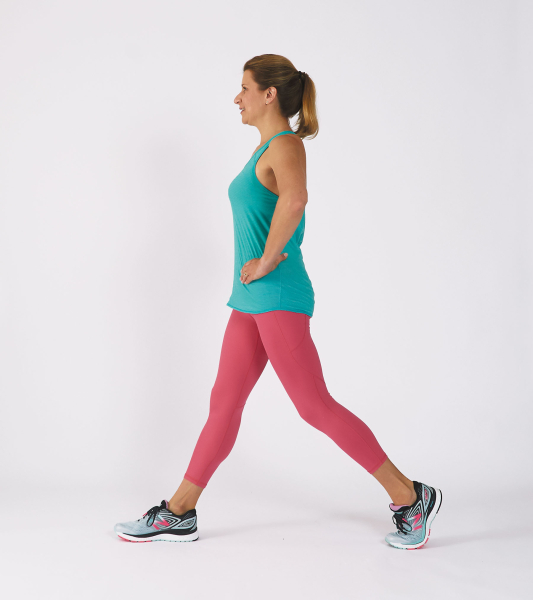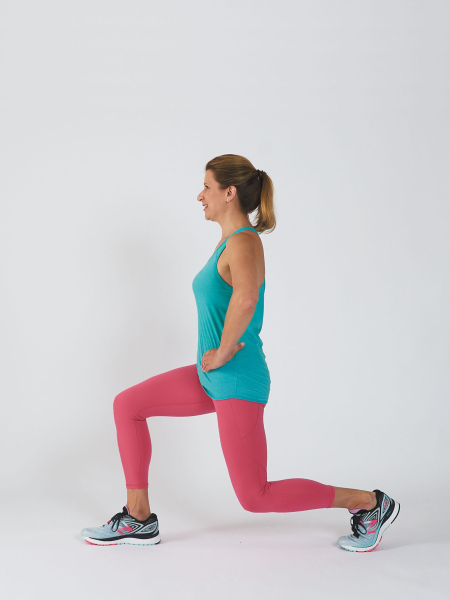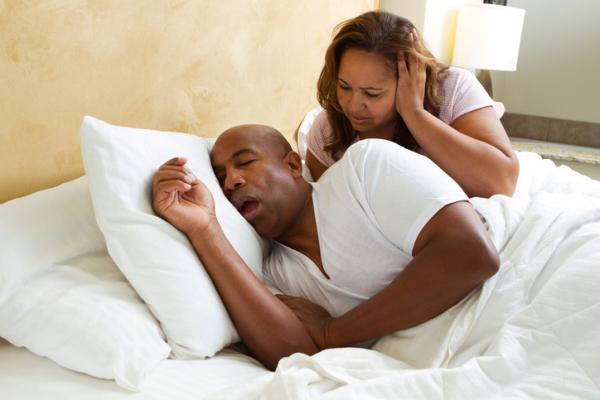
Loud snoring, grunts, and gasps can be a sign of obstructive sleep apnea, a serious disorder that causes repeated, brief pauses in breathing (apneas) throughout the night. It can leave people drowsy and depressed, and put them at risk for high blood pressure, heart disease, and other health problems.
If this sounds like you or a bed partner, a recent spate of advertisements for a mask-free treatment for the disorder may catch your attention. Known medically as a hypoglossal nerve stimulator, the pacemaker-like device moves the tongue forward during sleep. That helps reopen a collapsed airway — the root cause of obstructive sleep apnea. But how does it compare with other treatments, and who might be a good candidate?
A second-choice therapy for sleep apnea
Marketed under the name Inspire, the device was approved by the FDA in 2014. It’s a second-choice therapy intended only for people who can’t tolerate positive airway pressure (known as PAP or CPAP), according to Dr. Rohit Budhiraja, a pulmonary and sleep specialist at Harvard-affiliated Brigham and Women’s Hospital.
“Sleep apnea causes the muscles in the back of the throat to collapse, which leads to pauses in breathing that wake you up again and again,” he says. PAP, the gold standard therapy for sleep apnea, prevents airway collapse by using a small bedside machine attached to tubing that blows air through a face mask.
This can improve a measurement called the apnea-hypoxia index (AHI) by approximately 90%, lowering it below 5 in most people. The AHI is a score that gauges the severity of sleep apnea. An AHI between 5 and 14 is considered mild; between 15 and 29 is moderate; 30 and higher is severe.
Targeting tongue muscles is less effective
Inspire targets only the muscles of the tongue rather than the entire airway, so it isn’t as effective as PAP. In fact, the company’s stated treatment goal is to lower a person’s AHI by just 50% (or below 20), although some people may do better.
Because PAP is more effective, sleep specialists encourage people to stick with it by trying different strategies. But research suggests a quarter to a third of people have a hard time using PAP (see here and here). When that’s the case, Inspire may be an alternative, says Dr. Budhiraja.
Who might consider hypoglossal nerve stimulation?
In addition to trying PAP without success, you also must
- have moderate to severe sleep apnea (an AHI score of 15 to 65)
- have a body mass index (BMI) of 32 or lower (although some centers allow BMI values as high as 35), which means the device is not right for people in some weight ranges.
If you meet these criteria, you can ask your doctor for a referral to a sleep specialist or an ear, nose, and throat surgeon. The next step is sleep endoscopy. While you are sedated, a doctor passes a small tube with a light and a tiny video camera on one end through a nostril to examine your upper airway. Up to a quarter of people have an airway collapse pattern that can’t be remedied with Inspire, Dr. Budhiraja notes. And, as noted, others have too high an AHI score to try it.
A surgical procedure requiring general anesthesia
The device is implanted during a short, same-day procedure done under general anesthesia. A generator is placed just below the collarbone, a breathing sensor at the side of the chest by the ribs, and a stimulation electrode around the hypoglossal nerve under the tongue.
As with all surgery, possible risks include bleeding and infection. Some people experience tongue weakness, which can cause slightly slurred speech and minor swallowing problems. But this usually resolves within a few days, or for most people, within a few weeks.
The device must be activated a month after surgery at a sleep laboratory. The breathing sensor monitors your breathing and, when necessary, it tells the generator to send a small electrical pulse to the electrode to make the tongue muscles contract. The stimulation moves your tongue forward so you can breathe normally.
How does it feel?
“Some people describe a mild tingling sensation, but most say the feeling is hard to describe,” says Dr. Budhiraja.
At home, you use a small remote control to turn the device on at night and off in the morning. The remote is set to gradually increase the level of stimulation once or twice a week as tolerated until you reach the highest level. You then return to the sleep lab for a study to determine your optimal range. The remote is then programmed to that range.
Some people start noticing a difference in their sleep quality even at the lowest levels of stimulation. Yearly checks are recommended thereafter, and the replaceable battery lasts about 11 years. Medicare and most major insurance plans cover Inspire.
Once it’s working, hypoglossal nerve stimulation is definitely convenient: no maintenance, cleaning, or buying supplies as required with a PAP machine. “But because Inspire is less effective, it’s not considered a replacement for PAP,” says Dr. Budhiraja.
About the Author

Julie Corliss, Executive Editor, Harvard Heart Letter
Julie Corliss is the executive editor of the Harvard Heart Letter. Before working at Harvard, she was a medical writer and editor at HealthNews, a consumer newsletter affiliated with The New England Journal of Medicine. She … See Full Bio View all posts by Julie Corliss







